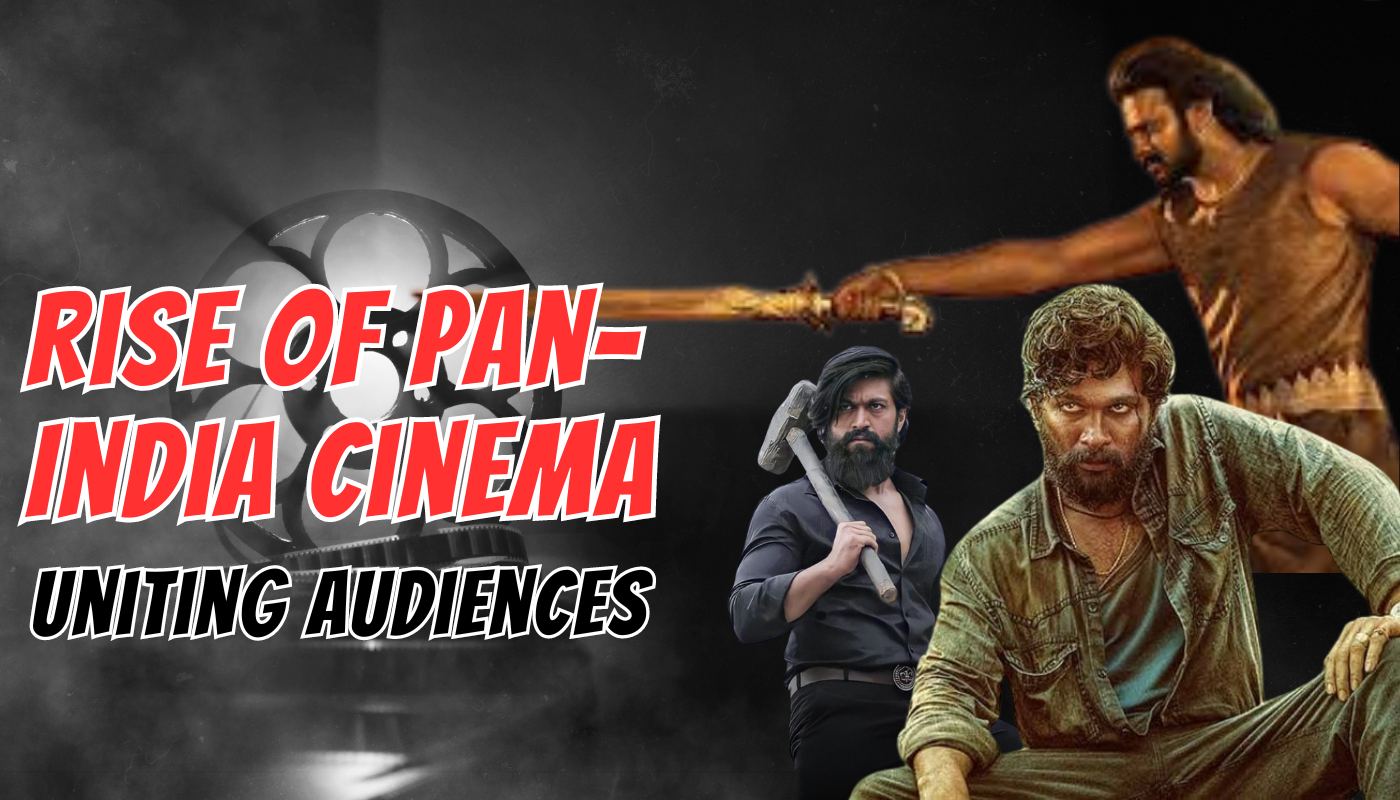
MUMBAI: It’s a busy day at the Tata Elxsi office in Andheri as dedicated teams work on projects in India and abroad. The walls of the Tata Elxsi office are adorned with awards for its special effects in films like ‘Ek Tha Tiger’, ‘Aparichit – The Stranger’, ‘Jodha Akbar’ and more. ‘Bhaag Milkha Bhaag’ is another feather in their cap. The captain of the ship at Tata Elxsi, Visual Computing Labs, Creative Director, Mr. Pankaj Khandpur, in an exclusive interview with BusinessOfCinema shares his experience on the film and the road ahead.
BOC: Please share with us your experience of working on ‘Bhaag Milkha Bhaag’?
Pankaj Khandpur: Well it is a very interesting experience. I loved the script when I first read it (this should be about three years ago when we were brought on to the film) and just like Rakeysh’s (director) previous film, ‘Rang De Basanti’ that we worked on, I remember reading the ‘Rang De Basanti’ script and getting gooseflesh.
It was an incredible story, very interestingly portrayed, very human kind of thing. So instinctively I knew this was the film that we wanted to work on. I also knew there would be a lot of challenges ahead of us, mostly because the story of Milkha Singh in the film is based around, from the partition time till his peak race career, which will be late 50’s early 60’s. So I knew that the challenges would be enormous in terms of trying to simulate the look and feel that would be authentic to that era.
BOC: How has the overall association been?
Pankaj: We have been involved with the film for 3 years (August 2010). If you can design and be a part of the original thought process, it helps a great deal. So that gives us a great deal of enjoyment because we can contribute to the ideating before the film is shot. Not only from a practical point of view, you save producer money, effort and time. But you can also contribute to the real juice of what needs to be done.
BOC: How was the process, by which the visual effects were designed?
Pankaj: We had lot of meetings with not just Rakeysh but with Binod Pradhan (cinematographer), Alan Amin (action). It was a collaborative effort, with ideas flowing back-forth. And since we are visual, we were more concerned with the look and feel. Then we started thin slicing it to scene-by-scene (what are we going to do in every scene) and eventually it became shot by shot.
BOC: Any major challenge or scene, which is a highlight?
Pankaj: Understanding the period what it was like. Milkha Singh took part in the Rome Olympics, Tokyo Asiad, Melbourne Olympics etc… So what were the stadiums like? Most of them don’t exist or have been converted into modern stadiums. There are very few vintage photographs or a video or two as to what it looked like. They were different from today’s stadiums. They were more like amphi-theatres. Rakeysh Omprakash Mehra was very keen on showing it as authentic as it possibly could be.
The fact that there were no plans determined the lot of the work we did. Knocking of the stadiums in which we shot the races. The bulk of our work was to remove the stadiums that were behind and replace them with CG (computer generated) stadiums and then populate them with people. There were no crowds.
I would say we are about 80% real to the general structure, seating plans on all stadiums. Another highlight is designing the flashbacks to the nightmares he (Milkha Singh) had.
BOC: How long did the process of designing the visual effects take?
Pankaj: We took a united call on not to start work on the races until the edit was locked because we did not want to waste any effort. We should have started earlier. We ran out of time. It was a three-month effort.
BOC: You have worked with Rakeysh Mehra on ‘Rang De Basanti’ and ‘Bhaag Milkha Bhaag’. How easy or difficult was the creative treatment since you were associated with BMB right from the start?
Pankaj: Rakeysh is a very good guy to work with in terms of collaboration, open to suggestions. He does not ask an opinion on the story. On that he is very clear. What he does seek as a collaborative member of his team from us is – what can we do to embellish the story, make it better. And he will listen and argue on every idea and very often he will bow to your judgments if he feels that you are confident of pulling it off.
BOC: How much of a difference did the budget of ‘Bhaag Milkha Bhaag’ play a role in creativity?
Pankaj: We had to be very careful about wastage and not going overboard. And that has helped us be more innovative in terms of approaches we take to pull something off. We consider ourselves as a value for money studio. We actually try and simplify things we do. If we simplify things, it becomes cheaper, practical to do. So a lot of effort can be used to make it to look good rather than the complexities to make it work. It is actually cheaper to do things digitally.
For example, for the digital crowds in Bhaag Milkha Bhaag, we used a very simple proprietary algorithm that was used in the Lord Of The Rings. I know it takes a long time to set up a digital stadium. So the idea was to do most of it live and do only 15% of it digital because it will save time and cost.
Here the good thing was there was so much preparation and planning. And that’s what we gave to BMB team and they gave to us in terms of working very tightly.
BOC: The difference in the colour tone of the film is initiated from the VFX side?
Pankaj: No. This is purely the DOP’s (Binod Pradhan) call. We just need to know what will be the colour palette for certain sequences. Because we have to make sure that our elements that we are creating in 3D or CG have to be designed for that.
BOC: From the industry point of view, Indian animation and visual effects is still considered to be lagging behind. Have we managed to come out of outsourcing zone and say we are proud of our content? Your take.
Pankaj: We are not behind anywhere behind the world as far as craft of cinema is concerned. I think our craft is very good. Our cinematographers are world class. What we don’t have is the ability to crossover is the exposure to sensibilities of another audience. The amount of work that studios like ours do for overseas means that it is an indication that our quality is good. It is no longer about price. We haven’t reached the point where we create our content. We are good at executing someone else’s content. We are good content executors.
BOC: How do you see the visual effects industry growing in the near future?
Pankaj: I am seeing a future, very close-by, which is collaboration between creation and execution. We are not going to be just executors. It is already changing. We are also going to contribute ideas backwards to what would help, what would make things better.
BOC: Film Animation V/s Television Animation and Live Action Films. What’s the future?
Pankaj: The problem is, in India we don’t have an audience for animation films. You will have to create that audience. All the countries where animation is big business – America, Canada, UK, Europe, Australia, Japan – they work because they have rules of one-hour minimum programming of local animated content. In India we don’t have a rule.
But Chota Bheem is quite popular. Kids are responding positively to it is a healthy sign. But it is too little. It needs a lot more and we are working with the government to suggest ways to produce our local content and present to our audiences. I am hoping that people will go and see an animated film with the same zeal and excitement as they would see an ‘Ek Tha Tiger’ or ‘3 Idiots’.
BOC: An Insight into the future plans at Tata Elxsi with rising competition
Pankaj: The more good work that happens benefits all of us. We aspire to contribute to the story, where we do things that go beyond cleaning up. We are selective and choose projects challenging enough. We have just finished a Hollywood film directed Vidhu Vinod Chopra called ‘Broken Horses’. And we are working on ‘Dhoom 3’ as well.
Today there are no films that are done without visual effects, virtually none. So producers are beginning to realize this is a necessary evil. Soon they will start saying it is necessary, which will be a good day for us (laughing). They will pay us what we deserve to be paid.




